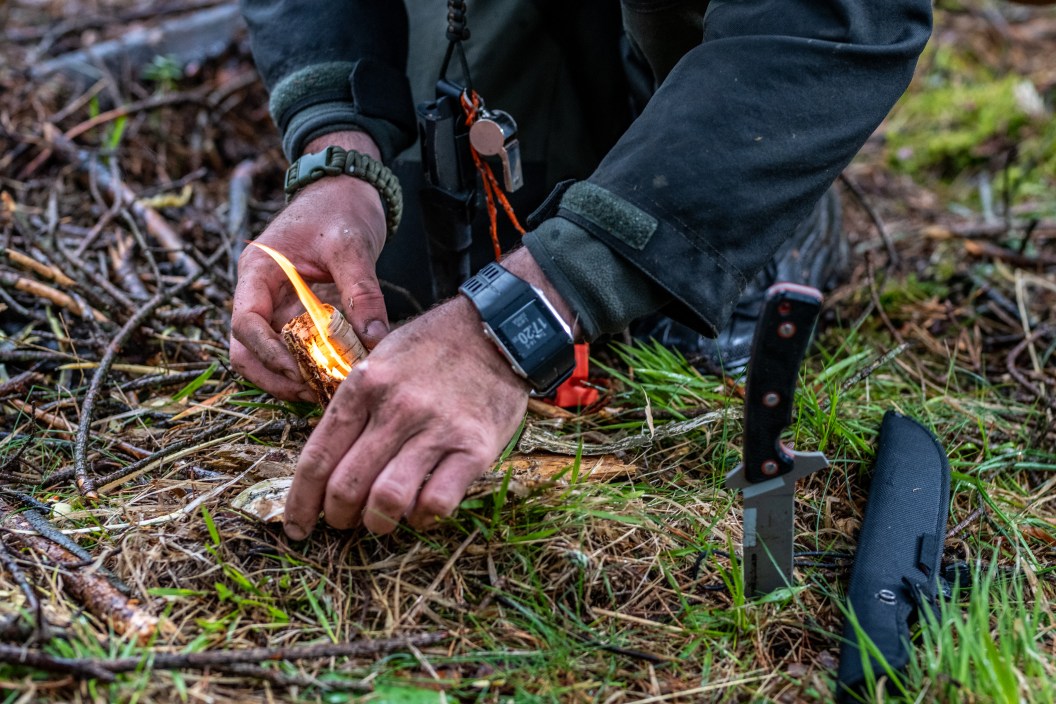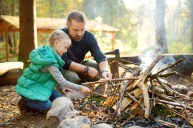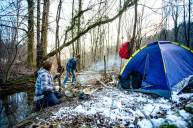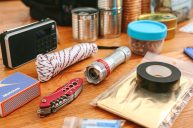It's been a long day of solo hiking—legs are weak, mind is weary—when all of a sudden one careless misstep sends you screeching down the rocky mountainside. When you careen to a thumping stop, you take a moment to assess your shocked bag of bones and realize you're injured.
What comes next? Do you have the basic survival skills required to survive an emergency alone in the wild?
There is a big difference between enjoying time in the great outdoors and being truly prepared for it. Things like knowing how to start a fire, how to identify edible plants, basic first aid, and how to construct shelter could make the difference between surviving the elements or succumbing to them. The following survival skills, ranked in order of importance, can help if you find yourself in a dire situation.
13. Mindfulness

None of the aforementioned survival skills matter much if panic takes over and renders a person useless. It can be difficult to gather thoughts and think clearly, but the mind is critical for one's survival. A strong will to live and the ability to stay calm and present can make all the difference.
12. Cooking
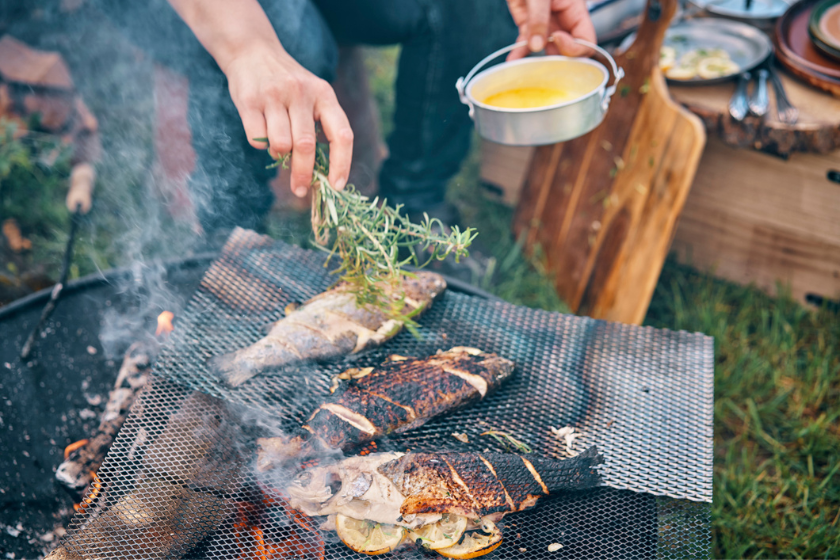
Some of the harvested food needs to be cooked to be safe to eat. This is where cooking comes in. It is a pretty basic but important skill to have when SHTF.
11. Using a Map and Compass

The gold standard of wilderness navigation skills is knowing how to use a map and compass. Knowing multiple methods of navigation ensures that a person is not reliant on any one method to escape a sticky situation.
10. Knot Tying

Knots are multipurpose but need to work when you are relying on them for survival. Learning how to tie various kinds of knots should be part of everyone's outdoor survival kit. Knot tying is essential in survival and can prevent accidents, secure loads, attach objects to ropes or cords, and building shelter in dire situations. When building a makeshift shelter, knowing how to tie the right knots can make all the difference in ensuring that your shelter stays standing and provides adequate protection from the elements. The three most common knots used for shelter building are the square knot, clove hitch, and bowline knot.
9. Wound Care

Along the lines of emergency first aid, if someone is stuck in the wilderness for any prolonged amount of time with a wound, infection can set in and that can be deadly. Having at least a baseline knowledge of wilderness wound care is crucial.
8. Self Defense
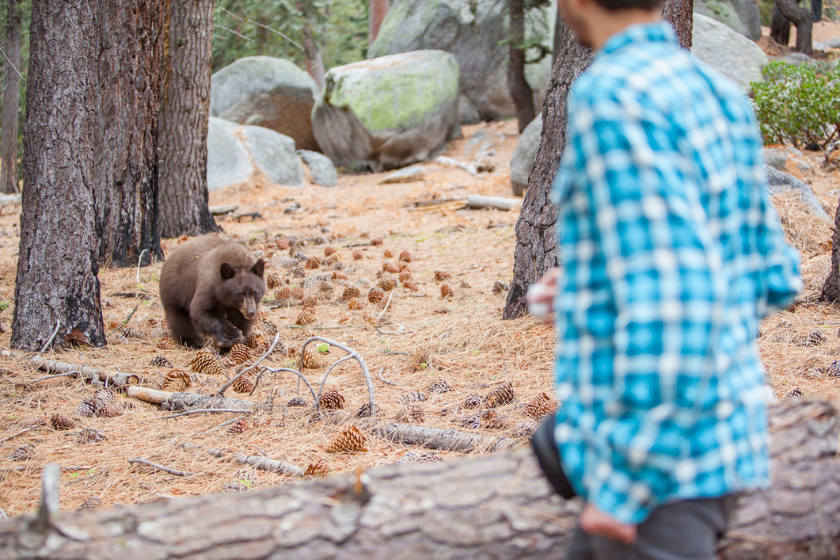
When a predator attacks, the wrong move will get you killed. Different reactions are appropriate for different creatures. Never run from a bear, for instance. You need to have a basic knowledge of what animals you might encounter where you are. You also need to be able to read the situation. Some animals will leave if you look big and make lots of noise. Others will charge upon eye contact. Knowing the nuances of the predators you may encounter is important.
The best wilderness predator defense is simply to avoid the predators, Swift Silent Deadly reports. Don't inadvertently sneak up on a bear or any predator. Bears have good hearing, but the woods have a way of dampening sounds. Foliage, tree trunks, terrain, and even fog can absorb sounds and inhibit their transmission. Make your presence known.
7. Weapons Construction
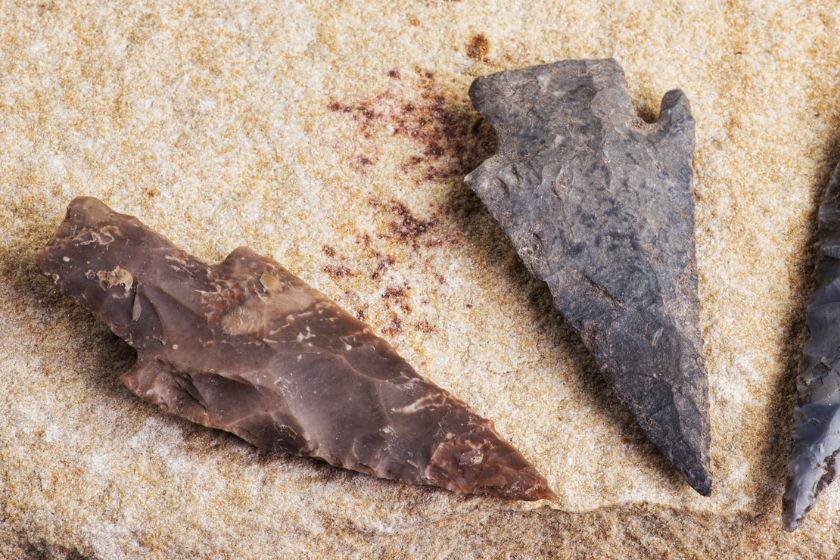
Many of the skills above, such as shelter construction or hunting, would be made much more efficient with the proper tools and weapons. This is where knowing how to construct a primitive bow and arrow or knife comes in.
6. Emergency First Aid
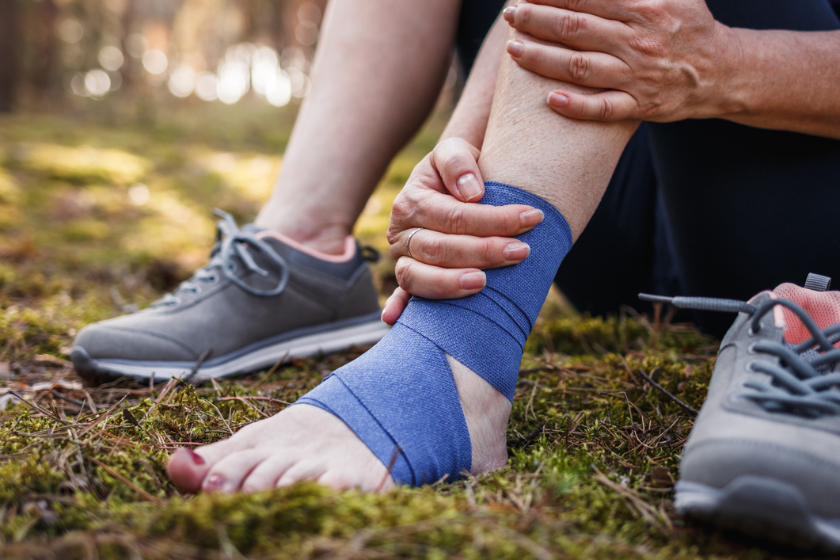
Broken bones. Snake bites. Medical emergencies. These things happen and they happen fast. Knowing the right reaction saves lives. Taking a wilderness first aid course ahead of time can equip an outdoorsman with the proper skills to deal with these emergencies and potentially save a life, or even their own.
5. Foraging
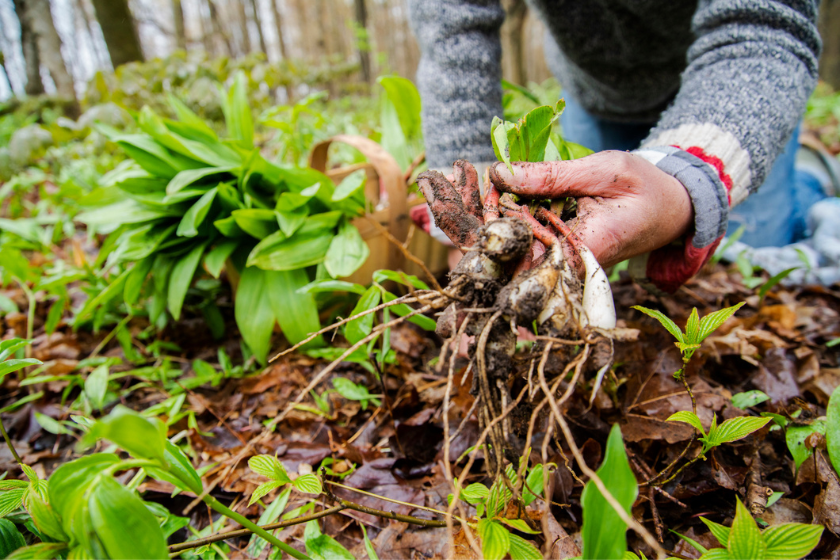
Like hunting, foraging for food is an invaluable skill. Knowing how to identify edible plants is is definitely a one to add to the roster of wilderness survival skills. It is important to be able to identify which plants are edible and which are not. Plus, many edibles have toxic (sometimes deadly) lookalikes. Carry a guidebook in your backpack, but in case you don't have it on hand for identification, having that knowledge might be the difference between starvation and sustenance.
4. Hunting

Humans have to eat to stay alive. Having the knowledge and skill to harvest game meat is extremely valuable. It is crucial in keeping a person's strength up to perform all of the necessary tasks to stay alive in a survival situation. In a worst-case scenario, any meat would do, and wild game is a nutritious source of iron and protein. The best target to pursue for meat in a survival situation would be small game, such as squirrels, chipmunks, rabbits, birds, etc.
Hunting skills, as well as trap or snare making, are best practiced beforehand. Although it is possible to hunt down a squirrel when you need to, it would probably be a lot easier if you know what you're doing and have done it before.
3. Building Shelter
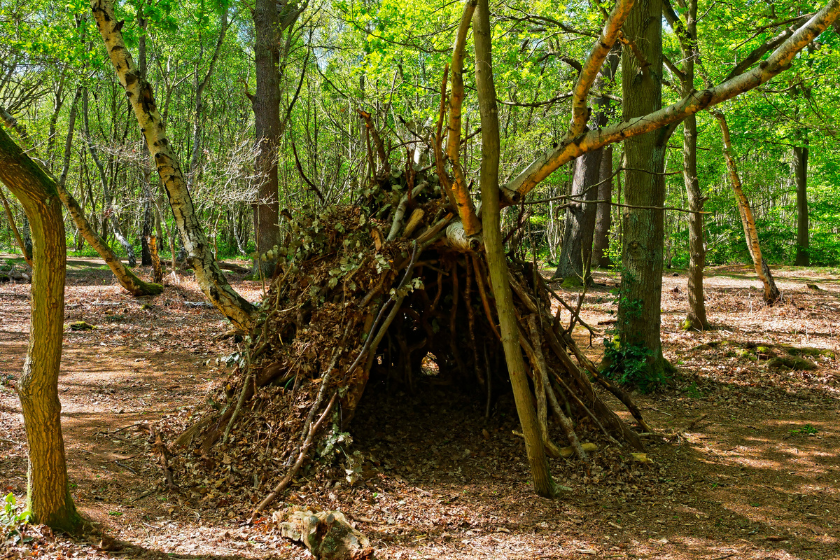
Humans need protection from the elements, which means shelter. Being able to build a makeshift shelter is one of the most important survival skills. There are many different ways to construct an emergency shelter, but it's going to come down to what materials are available and your ability to utilize them. The type of shelter you make will depend on those factors.
There are many different styles of survival shelters, including lean-to shelters and snow shelters. A lean-to shelter is a survival structure made of three materials, such as wooden stakes, rope, and a form of roofing (often a tarp, poncho or even branches) set up to lean against a tree, rock, or existing support structure. Survivalists or backpackers caught in the wilderness with few supplies can build a lean-to shelter easily, often with improvised materials. A snow shelter is a structure made of snow built to help people in below-freezing winter temperatures survive.
The best tools to use to build a primitive shelter would be a cutting implement, such as an ax or large knife. If someone finds themselves without either of those in a bad situation, they may have to improvise. Shelter needs to be dry and insulated from the weather.
2. Fire Starting
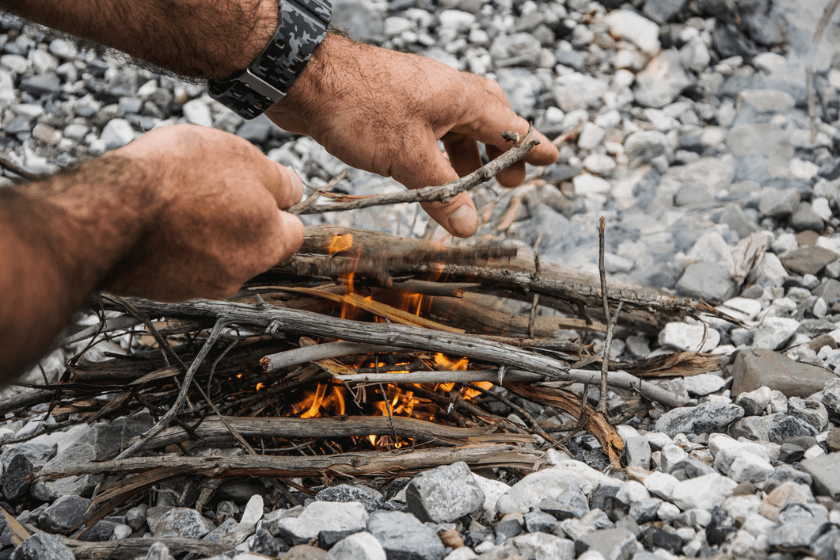
It cannot be understated just how crucial the skill of starting a fire is to survival. It is needed to boil water, to cook food, to provide warmth, to stave off predators, and to signal for help if lost. Some situations, such as a fall through the ice, could quickly turn life threatening without the ability to start a fire.
A good fire begins with a quality firestarter. A outdoorsmen's backpack should always be loaded with a good quality firestarter, but if it's unreachable, there are other options you can gather from the wilderness to make do. A basic rule in survival is to make do with what you have, meaning have the skills (before you need them) to make the things around you in an emergency situation work to your benefit.
Start a fire with a tinder bundle of dried leaves, twigs, and wood shavings, if available. Strips of birch bark are popular with wilderness guides because birch bark contains a natural oil that's water-resistant, so it will catch fire even when wet.
For fire-starting and many other reasons, you should always carry a pocket knife. You can use the pocket knife to shave small branches and twigs into kindling.
Starting the fire sounds easy but can be tricky to perfect. Chop wood (another crucial skill) into pieces of varying sizes. Layer small pieces with the tinder when starting the fire and add larger pieces as the fire grows. If using the fire to create a smoke signal, green leaves can be added to make it extra smoky. Your chances of survival increase exponentially if you can master this one skill.
1. Making Water Drinkable
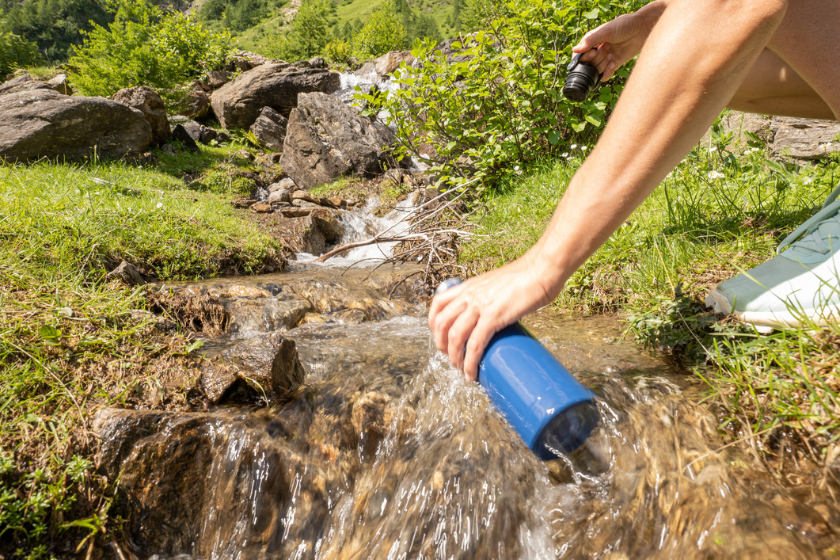
Water is life sustaining. The human body can sustain itself for a while without food, but only for a short time without water. The exact time period varies from person to person, but dehydration can be devastating to the body. It can cause a dis-regulated body temperature, unbalanced electrolytes, brain swelling, extreme blood pressure changes, and ultimately death.
Of course you'll carry a water bottle in, but that small amount of water will soon run out. Water is easily found in many regions, except the desert, but tracking it down it is only half the battle. Not all water is readily drinkable.
Clean water that is safe to drink and use for other purposes, such as brushing teeth, washing hands, and preparing food, is called potable water. Never assume that water you discover in the backcountry is potable, or clean water. Even water sources that look fresh and pristine could harbor harmful bacteria, viruses, or parasites. The National Park Service suggests taking some time before your adventure to research potable drinking water sources along your route and reaching out to local wildlife officials to check about any water quality alerts, such as harmful algal bacteria or chemical spills, that would affect drinking water sources.
The first step in wilderness survival is being able to make wild water drinkable. Never drink water from a natural source that hasn't been purified, even if the water looks clean. Drinking water must be safe, and to ensure that, it should be purified. Purifying water involves filtering to remove large particles and treating by boiling or with chemicals to kill organisms such as bacteria, viruses and parasites. There are many methods survivalists use to clean water to drink, including boiling water, using a water filter such as a special survival straw, decanting in a container, wood tubing, cloth sieving, and using a pump or gravity filter. Some of these methods remove only dirt, while some remove most impurities. In developed countries, that would be enough to make the water safe to consume. In some undeveloped countries the water is not safe to drink and would only be so after being thoroughly purified.
The top five most important skills for survival in the wilderness, according to the Wilderness Survival School, are fire, shelter, signaling, food and water, and first aid. They also suggest of all survival techniques, the most important is not to panic and practice all elements of the five basic survival skills before you may need to rely on them. The top three basic survival skills are being able to provide yourself with fire, sustenance, and shelter. Everything else comes after that. The strongest skill to have in your arsenal is knowing how to start a fire from scratch. Once you have a fire, you can purify water, cook food, and provide warmth and comfort. Undoubtedly, the four basics of survival are water, food, shelter, and fire. These four skills can be used to maintain homeostasis in the body, providing hydration, nourishment, protection, and regulation. If you learn no other skills, learn these.Your Questions, Answered
READ MORE: How the Survival Rules of 3 Can Save Your Life
